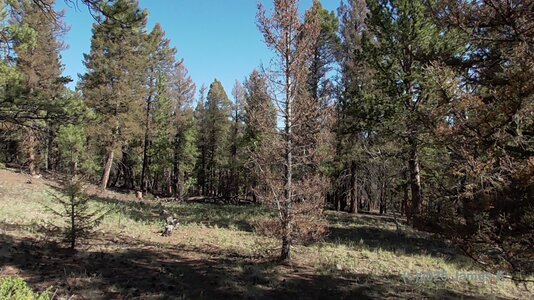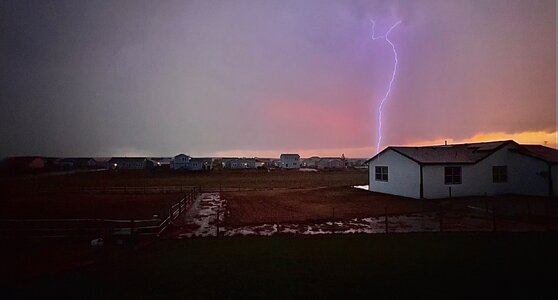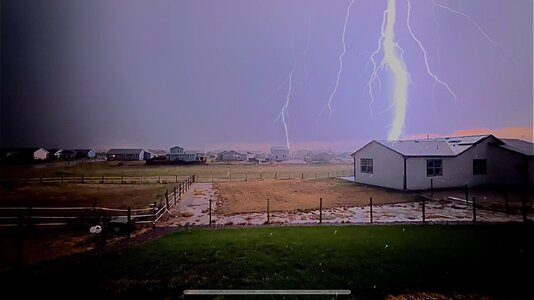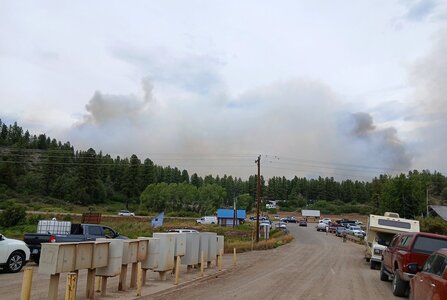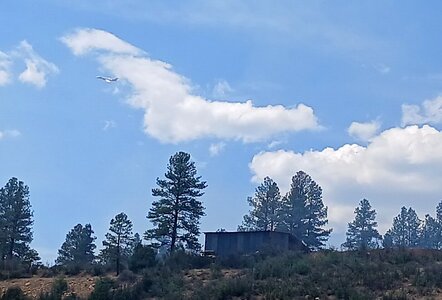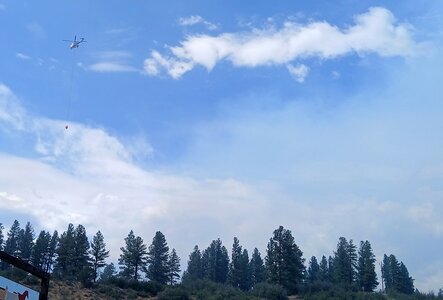William Monfredo
EF4
...but it is just early July...
I lived in AZ for eight years, and the monsoons provided the singular opportunity for storms w/ lightning with often good clarity. While Warren shot in the Tucson area, I focused on Grand Canyon & Flagstaff in the north....chasing in that region...
The freezing level as it relates to lightning production’s seemingly lower compared to where the photographer stands when you’re already at 6000-7000 feet, so lightning appears to happen quickly from smaller-looking storms.
I believe there’s time for rebounds and reboots for a couple of months still.
One of my favorite things, the anvils from the North Rim of the Grand Canyon would blow off a dozen miles to the South Rim and create a steely gray-blue look to the sky. I also particularly remember the flash floods at the Park would spill out over the sides of the Canyon rim.
When the storms evaporated, they left behind orphan anvils: Cirrus spissatus cumulonimbogenitus. I learned that Latin phrase just because it sounds so dorky.
Last edited:


